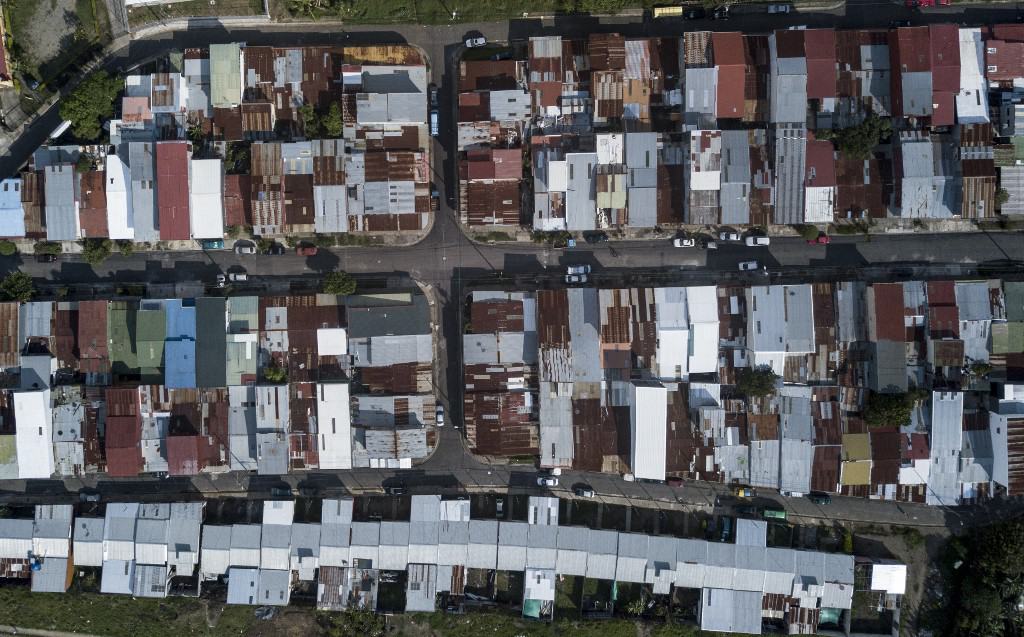Poverty in Costa Rica reached 26.2% of households, the highest level since 1992, amid the impact of the coronavirus pandemic.
Here are the key details, announced this week by the National Institute of Statistics and Census (INEC):
Income down, poverty up across Costa Rica
- Household poverty in urban areas increased 6.6 p.p. over last year, reaching 26.4%, while in rural areas it was 25.5%, an increase of 1.3 p.p.
- Extreme poverty reached 7.0% of households, 1.2 p.p. greater than in 2019.
- These figures correspond to 419,783 households in poverty (nearly 84,000 more than in 2019) and 112,987 households in extreme poverty (an increase of 19,445).
- Average household income took a sharp drop. In urban areas, it decreased by 13.7% and in rural areas by 5.7% compared to this time last year.
- Counting people, rather than households, the incidence of poverty is 30%, or more than 1.5 million people. This represents a 6.1 p.p. (321,874 people) increase over 2019.
- 8.5% of people are living in extreme poverty, meaning they earn less than the Basic Food Basket, a collection of essential food and items deemed necessary for survival.
Poverty by region
According to INEC, the Central Pacific region has the highest level of poverty and extreme poverty (34.7% and 11.3%, respectively) in 2020.
Next is the Chorotega region (Guanacaste), which experienced the largest percentage increase in poverty since last year. INEC calculated a poverty incidence of 31.7% (+11.5 p.p.) and 9.0% (+3.6 p.p.) of extreme poverty.
Although the Central region has Costa Rica’s lowest poverty levels, it experienced a 6.7 p.p. increase compared to 2019 and reached 23.7%.
The poor are getting poorer
Costa Rica’s poverty gap, a measure of the intensity of poverty, rose 2.1 p.p. over last year and reached 10.1%. This measure shows the average income of poor households is farther from the poverty line than it was in 2019.
Poverty severity, which measures the relative inequality among poor households, also rose to 5.7%, 1.3 p.p. more than last year.
INEC calculated Costa Rica’s Gini coefficient at 0.519, nearly identical to 2019. This measure of income inequality ranges from 0, indicating perfect equality (where everyone receives an equal share), to 1, perfect inequality (where only one recipient or group receives all the income).






